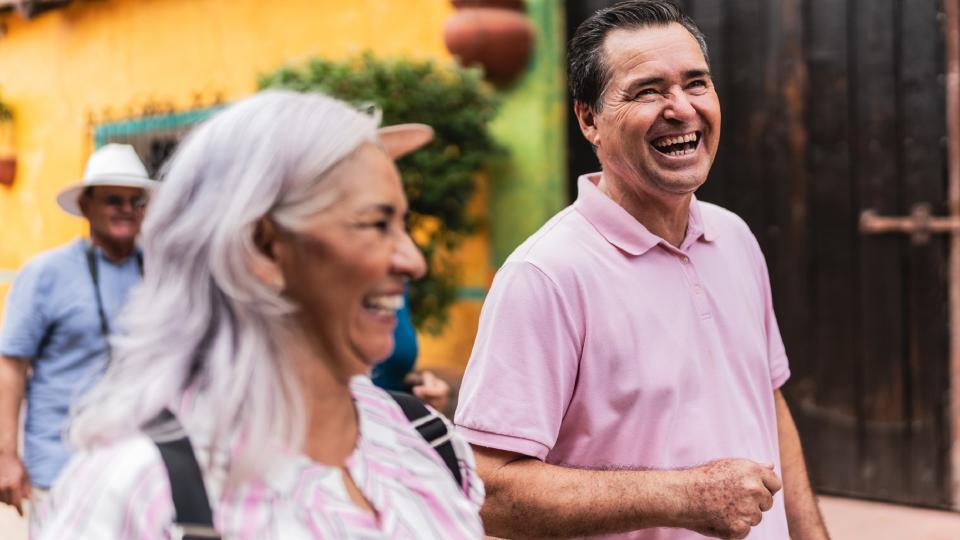Mexico Is a Cheap Place To Retire (but Not as Cheap as You Think)

Mexico is often ranked as one of the most affordable places for American retirees because it generally offers a lower cost of living than the United States.
Explore More: 5 Places in America To Retire That Are Just as Cheap as Mexico, Portugal and Costa Rica
Find Out: The Surprising Way You Can Get Guaranteed Retirement Income for Life
However, before moving to Mexico, you must prove you can live there independently. That might be a challenge for some retirees, given that the average monthly Social Security retirement benefit is $1,907.
Mexico is a cheap place to retire, but not as cheap as you think.
Wealthy people know the best money secrets. Learn how to copy them.
Can You Afford To Retire in Mexico?
Before receiving a government-issued visa to stay in the country for more than three months or 180 days, you must demonstrate you have financial stability. The minimum financial criteria depend on whether you apply for a temporary or permanent visa.
No matter which residency visa you opt for, you’ll have to have six months’ to a year’s worth of bank statements to demonstrate your financial solvency before moving.
“I have a Permanent Residency Visa because I am retired,” said Karen Hamer, an author who has lived in Mexico for the past 12 years. “I had to present my U.S. bank statements to show I get Social Security and pension deposits. I also had to show other asset statements.”
The Mexican consulate provides the minimum amount you’ll need in pesos. Double-check the exchange rate before applying for a visa so you’ll know exactly how much you need to show the Mexican government that you can support yourself on your retirement income.
The amounts listed below are based on an exchange rate of 18 pesos per $1.
Read Next: 3 Cities To Retire In That Are as Awesome as Honolulu and San Francisco but Way Cheaper
Temporary Residency
Most retirees initially apply for temporary residency because its minimum monthly financial requirements are generally lower, and it offers great travel flexibility.
A temporary residency allows you to stay in the country for longer than 180 days and up to four years. You can leave and return to Mexico as often as you would like.
You’ll need to earn a minimum of $4,100 a month from a job or pension after taxes during the previous six months of applying for your visa. Or you’ll need to have proof of investment or savings accounts with a minimum balance of about $65,000 over the previous 12 months.
Permanent Residency
The financial requirements to get permanent residency, also known as a “retiree visa,” are higher.
A permanent visa allows you to come and go as many times as you want. There are no requirements that you stay in Mexico for a particular length of time to prove residency.
You must have a job or pension that yields $6,800 a month after taxes during the previous six months. Or you must have personal investment or bank accounts with a monthly balance of $271,000 during the previous 12 months, according to the latest information from the Mexican consulate.
Hidden Costs
Once you move to Mexico, there are ongoing costs of living in the country beyond food, housing and healthcare.
For example, you’ll need a Spanish-speaking attorney and accountant to help you buy a house, rent a property or pay for salaried workers to avoid future administrative headaches, Hamer said.
“I have a U.S. bank account and transfer funds into my Mexican bank account that I use to pay for legal and accounting fees,” Hamer said. “I use mostly cash for other expenses, though most U.S. credit cards are accepted in Mexico.”
More From GOBankingRates
This article originally appeared on GOBankingRates.com: Mexico Is a Cheap Place To Retire (but Not as Cheap as You Think)

 Yahoo Finance
Yahoo Finance 